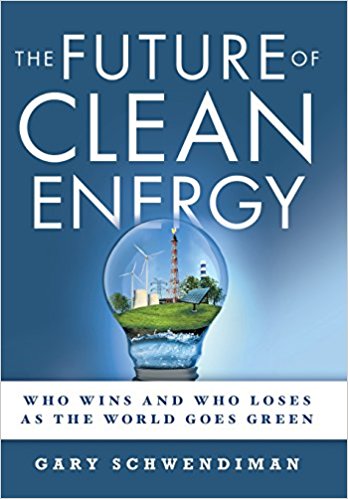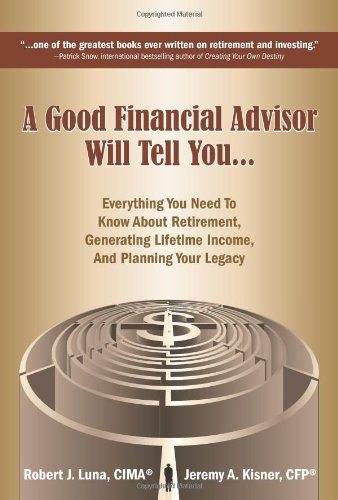The Future of Clean Energy: Who Wins and Who Loses As the World Goes Green
This is a glossy treatment of a topic engaging world interest. Glossy in two senses: it is slickly and professionally written, informative, engaging; and glosses over a number of points.
The writer employs the device of representing “teams” within “conferences,” a la baseball. He lines up teams Wind, Solar, Water, Geothermal, Coal, Natural Gas, and Nuclear in the Electricity Conference; in the Fuel Conference teams Gasoline and Ethanol, relegating Team Natural gas to minor league status.
The writer, using a paragraph and a footnote or so, does a semantic differentiation of Climate Change, long-range shifts in climate, and Global Warming, which he accepts as a recent, human-caused phenomenon. Because the sheer urgency engendered by that scenario is central to arguments for immediate-if-not-sooner shifts away from fossil fuels, that may be expected. It is certainly adroitly pitched.
I found the way this book extols the cleanliness, safety, and potentially world-elevating aspects of nuclear power to be the most interesting thrust between its covers. Decrying fear of plant radiation with figures and charts, setting out the actual composition of fuels in fission plants as opposed to material necessary for fission bomb manufacture, debunking the overblown incident at Three Mile Island, looking at the no-longer-employed technology at Chernobyl, the societally-induced idiocy of putting the backup generators at Fukushima (a known strike zone for tsunamis) in the basement, real disasters are addressed and well-relegated to the past. There is a gloss here: nuclear fuel is useless for a nuclear device without enrichment. However, I heard deafening silence on the concept of dirty bombs.
The writer posits future supplies of uranium to include that contained in seawater. Uranium extraction from seawater is still in preliminary experimentation. Lessening concentration over time if extraction is achieved is similarly without discussion. Suggesting that known, extractable supplies at “current demand” are good for 500 years, ignores his own advancing the necessity to vastly increase and expand fission usage.
Thorium-Salt reactors, still experimental, but much safer than Uranium-Fission because they will self-shutdown in an overheat, are given very nice review. Again, good figures and information about distribution of ores, but a gloss: thorium produces lethal gamma radiation and therefore no one in their right mind would try to steal it for terrorism purposes. The observable fact is that many of today’s terrorists are already suicidal.
In the Fuel Conference there are several fine arguments; for the probable future proliferation of the internal combustion engine, against long term reliance on oil due to depletion slopes, and for the cleanliness of ethanol usage. Glossed are…read it yourself.
Finely crafted, eminently worth reading, and reflective of the author’s long experience in the field. I seriously recommend this treatise as an inducer of thought.
| Author | |
|---|---|
| Star Count | 5/5 |
| Format | Trade |
| Page Count | 216 pages |
| Publisher | AuthorHouse |
| Publish Date | 2016-03-18 |
| ISBN | 9781496940421 |
| Bookshop.org | Buy this Book |
| Issue | August 2016 |
| Category | Business & Investing |
| Share |






Reviews
There are no reviews yet.